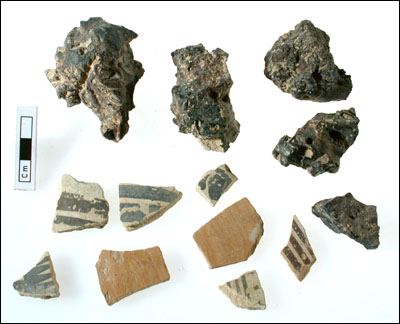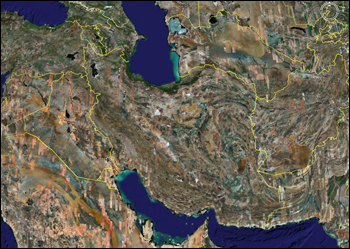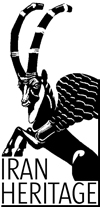Iranian artefacts at the IoA, UCL
Welcome to this website. It has been formulated to make a collection of archaeo-metallurgical samples collected in Iran, Afghanistan and Turkey during the summer of 1968, accessible to scholars worldwide. This survey was undertaken by a team of luminaries in the fields of archaeology, geology, history and pyrotechnology, a phrase coined by the team leader Theodore Wertime. All the samples remaining from the 1968 survey have been catalogued, and their images provided on the site, alongside scans of the texutal data, including field note books, unpublished reports and letters.
 |
Slag and pottery at Tepe Sialk |
Personal statement
As an archaeology student of Iranian descent I was struck by the lack of data on Iran when I joined the IoA in 2000. This I learnt was due to a lapse in archaeological investigations since the 1979 revolution, thankfully on the increase since 2000. This website is a small contribution to redress the imbalances in access to, and subsequently archaeological interpretations of, Iranian artefacts and sites due to increased socio-political and economic threats in and to the country.
Iran is a place with immense quantities of valuable archaeological and historical data, providing a wealthy well of culture, besides its multiple natural resources of minerals, ores, gases, and fertile soils. The Near East has seen conflicts (often imported) escalating in the last decades. Hostilities, apart from all the social, mental and physical ills they bring, heighten enormously the vulnerability of archaeological materials. Looting, lack of funds, socio-political agendas that target artefacts and sites - be it within nations, or imported as alternative ‘knowledge’ fuelling separatist movements or out right war, constitute a few of the volatile scenarios that archaeology operates in.
Roya Arab.
 |
|
The Survey Area; Iran, Afghanistan and Turkey (Google Earth) |


